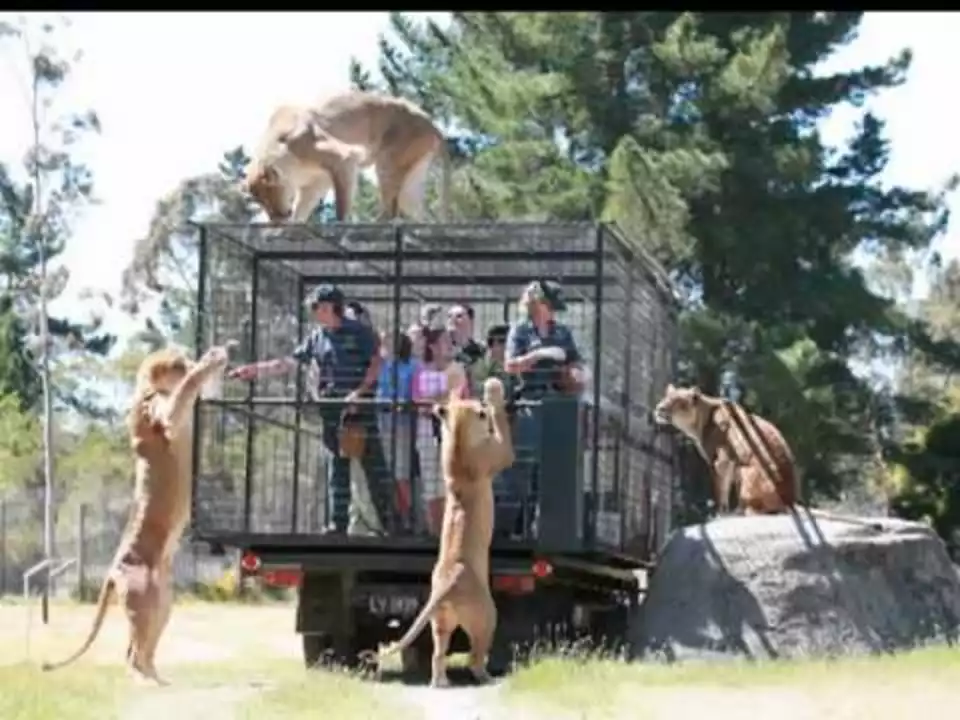The Closure of a Zoo: What Happens to the Animals?
When a zoo closes its doors, many people wonder about the fate of the animals that called it home. In this article, we will explore the different aspects of animal relocation and the challenges faced by both the animals and the organizations responsible for their well-being.
A New Home: Where Do the Animals Go?
When a zoo shuts down, the priority is to find new homes for the animals. This process can be lengthy and complicated, as it involves coordinating with other zoos, sanctuaries, and wildlife reserves to determine which facilities have the space, resources, and expertise to accommodate the animals. Additionally, the new home must meet strict animal welfare standards and guidelines to ensure the animals will be well-cared for.
Transportation: Moving Animals Safely and Humanely
Once new homes are identified, the next step is to transport the animals. This is often a complex and delicate process, as many animals are sensitive to changes in their environment and may become stressed or agitated during transport. To minimize the risk of injury or distress, animals are usually sedated and placed in specially designed crates that provide a secure and comfortable environment for the journey. Depending on the distance and the specific needs of the animal, transportation may take place by truck, airplane, or even boat.
Adjusting to a New Environment
Upon arrival at their new home, animals face the challenge of adjusting to their new surroundings. This can be a stressful time for the animals, as they must adapt to new habitats, caretakers, and, in some cases, new social structures. Zoos and sanctuaries work hard to ensure a smooth transition by providing familiar objects, such as toys or bedding, and gradually introducing the animals to their new environment and companions.
Health Checks and Quarantine
Before an animal can be integrated into its new home, it must undergo a thorough health check to ensure it is not carrying any diseases or parasites that could be transmitted to the other animals. Depending on the results of these tests, the animal may be placed in quarantine for a period of time to monitor its health and ensure it poses no risk to its new neighbors.
Conservation and Breeding Programs
One of the positive aspects of a zoo closure is that it can provide an opportunity for the animals to contribute to conservation and breeding programs. Many zoos and sanctuaries participate in these programs in an effort to maintain healthy populations of endangered species and preserve genetic diversity. Animals from closed zoos may be valuable additions to these programs, helping to ensure the survival of their species.
Retirement: The Fate of Older Animals
For older animals or those with health issues that make them unsuitable for breeding programs, retirement to a sanctuary can be the best outcome. These facilities provide a safe and comfortable environment for animals to live out their days, surrounded by expert care and the companionship of other animals.
Public Reaction and Media Coverage
Zoo closures often generate significant public interest and media coverage. This can be both a blessing and a curse, as it can raise awareness of the plight of the animals and the challenges faced by those responsible for their care. However, it can also lead to misinformation and confusion, making it even more important for zoos and sanctuaries to communicate openly and honestly about their plans for the animals.
Lessons Learned: Preventing Future Zoo Closures
While the closure of a zoo can be a challenging and emotional time for all involved, it can also provide valuable lessons for the future. By examining the reasons for a zoo's closure and the steps taken to ensure the well-being of its animals, we can work to prevent future closures and improve the overall quality of life for animals in captivity.
In Conclusion: A Future for Zoo Animals
The closure of a zoo may be the end of one chapter in the lives of its animals, but it doesn't have to be the end of their story. With careful planning, coordination, and compassion, these animals can be successfully relocated to new homes where they can continue to thrive and contribute to the conservation of their species. As we work towards a future where zoo closures are fewer and far between, we can take comfort in knowing that there are dedicated professionals working tirelessly to ensure the well-being of these animals, both in captivity and in the wild.
